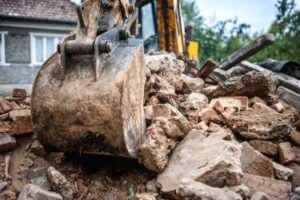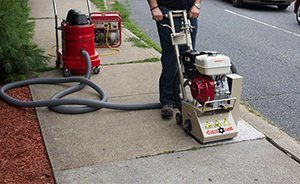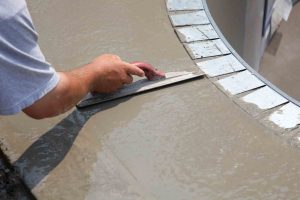Every day, homeowners, business owners and property managers carry out projects that call for the repair, removal or modification of a surface or structure made from concrete, reinforced concrete or masonry. For financial reasons or other motivations, these projects are sometimes planned and executed by untrained personnel instead of specialists employed by a professional concrete/masonry cutting and breaking service. However, this seemingly smart choice can seriously decrease the safety of even the smallest undertaking and lead to everything from accidental injuries and damaged equipment to job completion delays and lawsuits. Let’s look at three specific ways that you can stay safe by hiring professionals for your upcoming project.
1) Access to Trained Personnel
You can rent much of the equipment used to perform such jobs as concrete cutting, concrete grinding and concrete demolition, breaking and removal. This means that if you’re a homeowner, project manager or construction contractor, you could potentially operate this equipment yourself or rely on available personnel who have no prior specialized experience. This may seem like an expedient, cost-effective option, especially when performing jobs that don’t appear to require much expert knowledge.
However, the fact of the matter is that every concrete- and masonry-related repair, removal and modification job comes with a considerable degree of risk for accidents and injuries. Even the use of equipment for a relatively straightforward task like hauling away concrete rubble poses a number of safety hazards that you may or may not recognize until it’s too late. For this reason, access to trained personnel employed by a professional cutting and breaking service will provide you with the expertise needed to safely operate all equipment and machinery.
2) Access to Proper Equipment
Some of the equipment used for concrete and masonry cutting and breaking is highly specialized. For example, the industry standard for making cuts on vertical and sloped surfaces is a piece of equipment called a wall saw, which an operator remotely moves back and forth along an aluminum track. You can potentially use conventional slab saws instead of wall saws. However, such a choice makes it harder to safely perform required cuts. In turn, the higher level of operating difficulty leads to increased risks for injuries and major accidents.
When you hire concrete/masonry cutting and breaking professionals, their services should include the use of well-maintained, expertly operated equipment that’s specifically designed for the job at hand. In the hands of properly trained technicians, this equipment vastly improves your workplace safety margin. In addition, use of the right equipment for the job typically leads to higher quality work, faster job completion and an overall reduction in project costs.
3) Proper Risk Assessment
Some of the risks associated with concrete/masonry cutting and breaking may be apparent even to an untrained eye. In many cases, you can avoid these risks by using simple common sense. However, many of the potential dangers of cutting and breaking procedures are not so apparent. In fact, even small or seemingly uncomplicated projects can produce some nasty surprises for people who don’t know how to assess each phase of the job in advance and develop a proper safety plan that eliminates all possible pitfalls.
When you work with a top-notch professional cutting and breaking service, you will typically receive the benefits of decades of training and real-world expertise. Even before learning the specifics of your project, these specialists will know how to anticipate likely safety issues, develop strategies to avoid those issues and stop accidents and injuries from occurring. And after learning your plans and arriving on-site, they will be able to fine-tune their approach even further and maximize the standard of safety at your home or your commercial or industrial jobsite.



